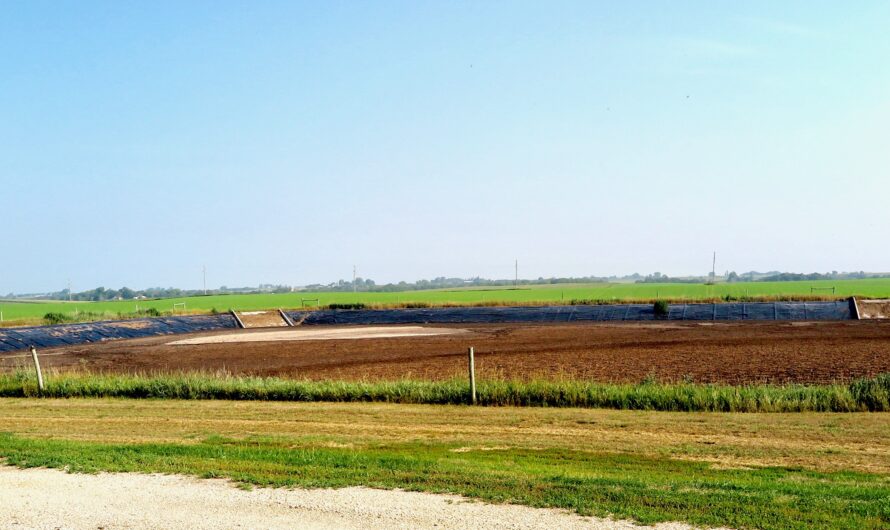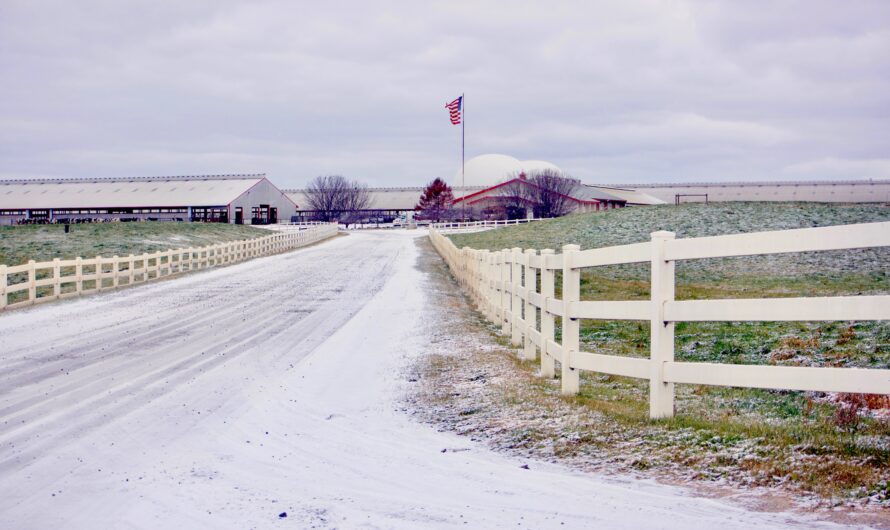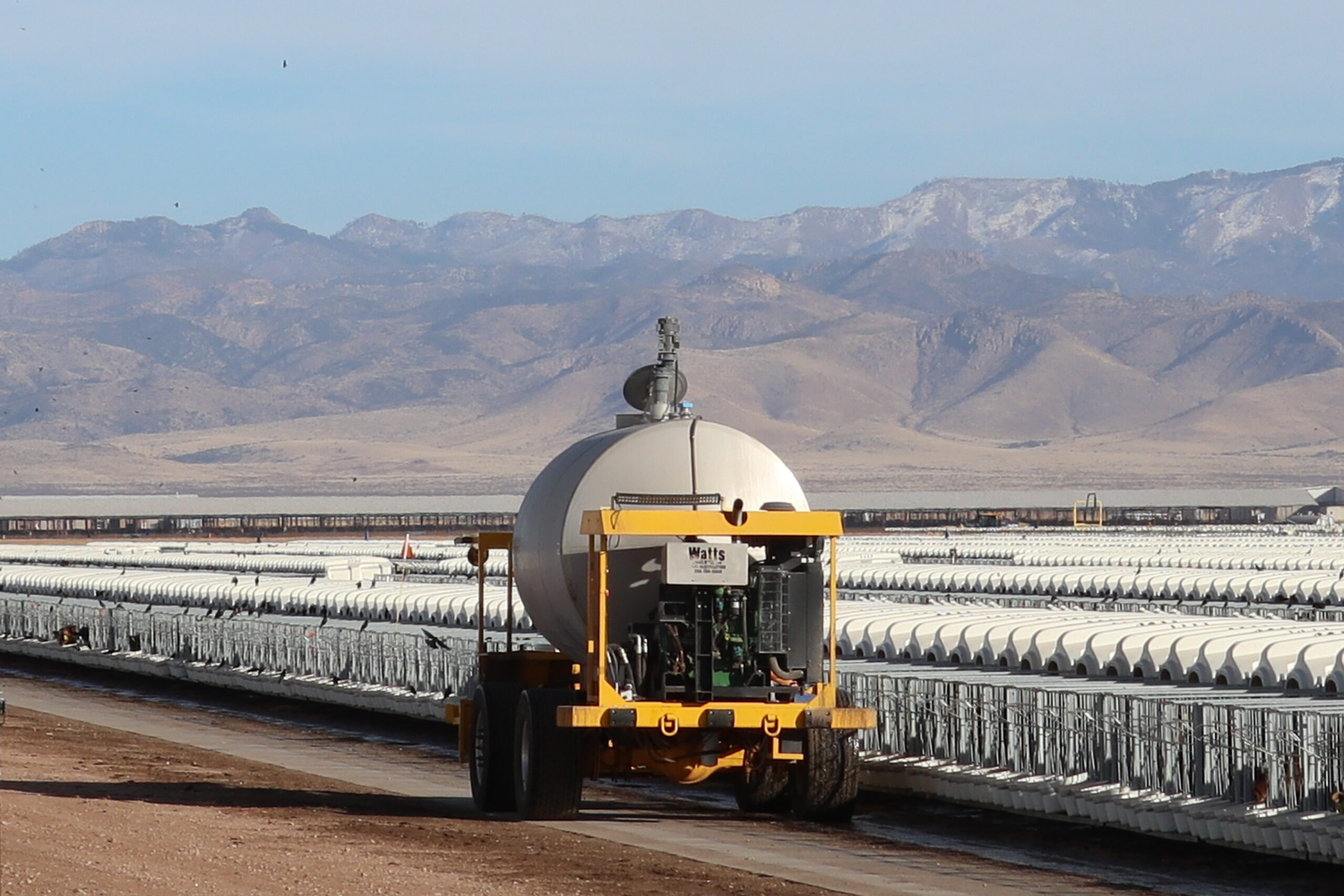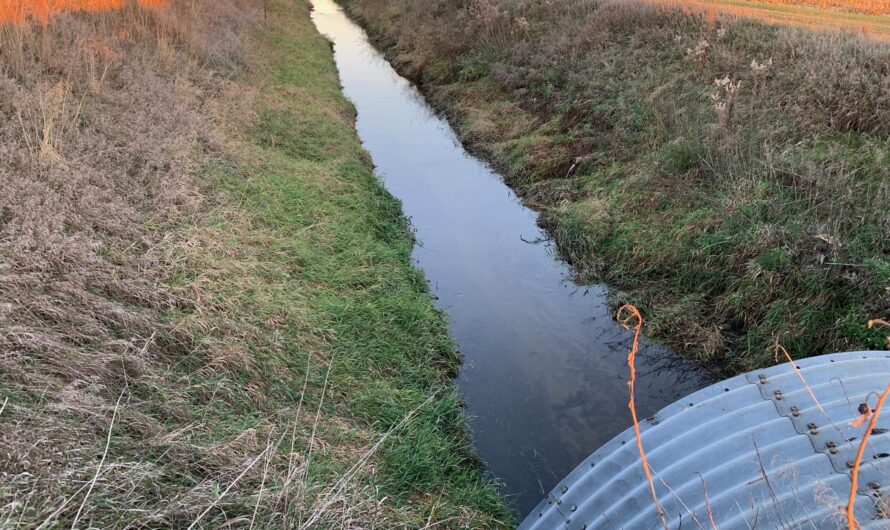Owensboro’s Downtown Development Plan in New York Times
The New York Times today published my article on Owensboro’s downtown development plan, much of it financed by a local tax increase enacted in 2009. Though the public spending has spurred new development and thousands of jobs in the last two years — Owensboro has generated 2,400 jobs in 2010 and 2011, more than any other Kentucky metro area — just two of the seven elected leaders who voted for it are still in office. …







